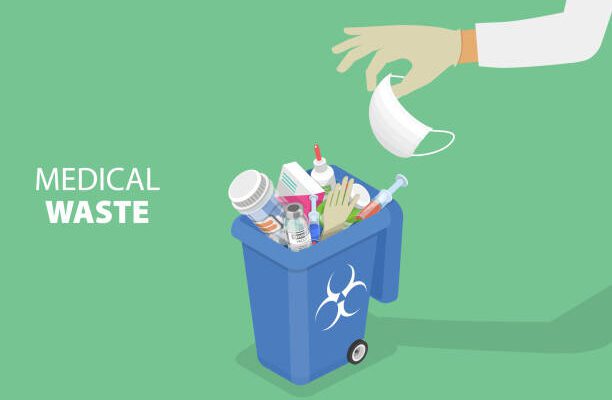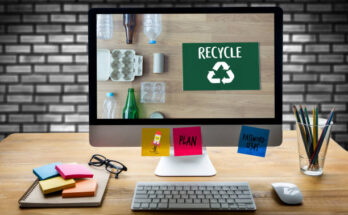Produced in hospitals, laboratories, and other healthcare facilities. But, it’s crucial to remember that any institution that works with needles and/or syringes. Including families, generates its own clinical waste.
As always, using the services of medical waste removal businesses will ensure that you don’t pollute the environment or put yourself or your co-workers in any danger.
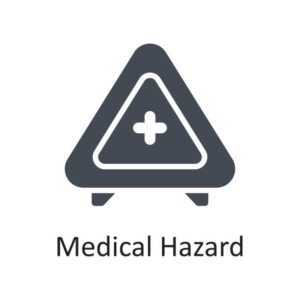 (Photo from istock)
(Photo from istock)
They are the ones with the most resources and the most appropriate knowledge to effectively manage your clinical waste. So, how do they manage to do it?
-
Following are a few ways for medical waste disposal:
Collection and segregation of medical waste
The best practices for managing trash begin at the point of generation, which is when garbage is formed, as is the case with all waste. As each category of medical waste needs to be segregated from the other sorts. It is first necessary to be aware of precisely what should be collected. In actuality, this implies employing the appropriate containers.
- Sharps waste collection in red bins (e.g., needles, blades, razors).
- Collecting infectious garbage in red containers marked with the biohazard sign (e.g., blood, contaminated equipment, IV tubing).
- Yellow containers: collection of trace chemotherapeutic waste (e.g., empty vials, gloves, gowns).
- Black containers: collection of hazardous trash (e.g., hazardous meds, P-listed drugs, bulk chemo)
- Pharmaceutical trash collecting in blue containers (e.g. pills, injectables, antibiotics).
- Radioactive waste collection uses yellow shielded containers with a radioactive emblem (e.g. lab research liquids, anything contaminated by radiotherapy).
Transportation and storage
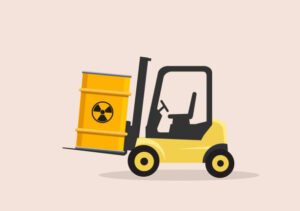 (Photo from istock)
(Photo from istock)
If you have a relationship with a medical waste disposal business, they will take care of the secure storage. And transportation on your behalf. Warehousing is necessary while waiting for bulk disposal of medical waste. Regarding transportation, the majority of medical waste management businesses offer specialized cars with cutting-edge protective equipment.
Waste disposal and treatment
This is why it’s crucial to work with a reliable rubbish removal company. In addition to incineration, there are other biomedical waste disposal methods available, such as the use of autoclave chambers (used to dispose of sharps and infectious material) or the use of a medical waste shredder (used for the disposal of pathological and pharmaceutical waste).
 (Photo from istock)
(Photo from istock)
There are various-sized autoclaves available here at Celitron. For instance, large autoclaves like the Azteca A are better suited for large hospitals and Central Sterile Supply Departments, and medium-sized autoclaves like the Azteca AC are great for dental and veterinary clinics. There is no performance difference, so don’t worry.
Of course, Celitron Integrated Sterilizer and Shredder, which cleverly combines the advantages of steam sterilization and shredding, can manage hazardous medical waste disposal (such sharps waste) with ease if you’re seeking for the best on-site equipment.
Autoclaving
Autoclaving merely introduces very hot steam for a set period of time as opposed to expensive incineration. This procedure is especially efficient because it is far less expensive than alternative approaches and poses no dangers to the individual’s health.
Incineration
One of the key benefits of incineration is that it is quick, easy, and straightforward. It safely eliminates any bacteria while completely removing the trash. Yet, emissions while burning poisonous materials might be extremely harmful.
Chemical disinfection
Chemical disinfection is a typical biomedical waste management technique for liquid waste. In this technique, chlorine is frequently used to destroy diseases and microorganisms by adding it to the liquid waste. Solid wastes can also be disposed of chemically, although for the best disinfection, it is advisable that they be ground first.
Microwaving
To remove bacteria and other potentially harmful elements, waste is cut into little bits, mixed with water, and then internally heated. The shredding component of this procedure reduces the amount of biomedical waste and is said to be more energy-efficient than incineration. This is one of its key advantages.
But which method to choose?
Autoclaving, according to some, may be the most sensible and secure option. Steam is much less expensive, has no pollutants, and is not toxic. It’s also crucial that it functions for the majority of biological waste. To make sure that all biological waste is suitable for disposal, BWS performs autoclaving. Contact us right away if you’re searching for the ideal biomedical waste collection service so we can get to work cleaning up and securing the planet.
Types of medical waste
Laboratory waste
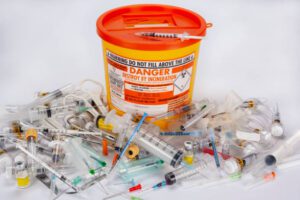 (Photo from istock)
(Photo from istock)
Research facilities frequently have laboratory trash, as do hospitals and academic labs. This waste could be solid, liquid, or compressed gas.
Pharmaceutical waste
Based on its ignitability, corrosivity, reactivity, and toxicity, certain pharmaceutical waste is regarded as hazardous.
Chemotherapy waste
Controlled chemicals like morphine and hydrocodone are examples of chemotherapeutic waste, as are trace materials such IV bags, tubing, vials, and syringes.
Reference:
Celitron
Worried with water pollution, want to lessen its hazardous effects? What are you waiting for!, click on the link below:
How to Lessen Water Pollution

